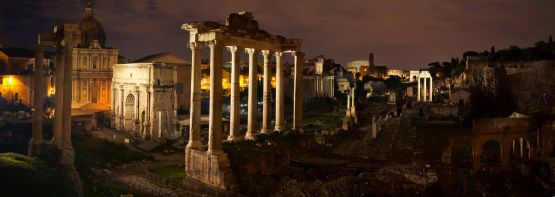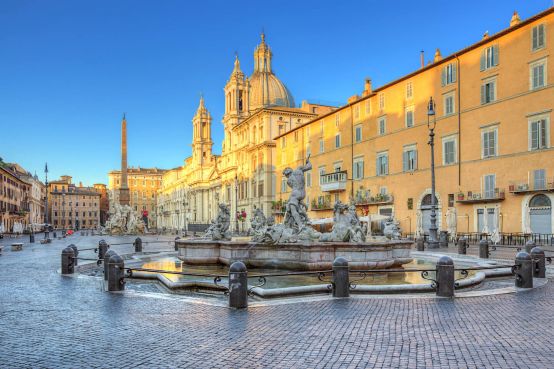Every century gentlemen of Rome from generals to emperors, from Popes to Princes, have left their personal stamp on the city. They were responsible for commissioning artists and architects to design the most famous buildings, sculptures and paintings which today give the city it's enchanting appearance.
The capital combines both past and present, as well as secular and Christian. During the course of the long history of Rome, the city has decisively influenced the religious and cultural direction of Europe.
Latin, the language of the Antique Empire, makes up the foundations of many of western Europe's languages. Antique Rome's political and judiciary systems have been used as a model for a large number of states and legislative systems.
During medieval times the concept of the Imperial Christian emerges from Rome, while the Pope's power strengthened during the renaissance era and their court became the cultural centre acting as a catalyst the history of Rome moved in to another direction.
For many a century the fame and fortune of Rome was interwoven with the Church and when the Pope left Rome for France the city suffered terrible economic consequences. But, in modern history, Rome has regained importance especially since the re-unification of Italy symbolized by the imposing memorial to Vittorio Emanuele II is considered to be the heart of Rome at Piazza Venezia.
Architecture, sculptures and paintings of ancient Rome have served as a model for all western art both in antiquity and modern day. The city of Rome still attracts and amazes millions of visitors with its never-ending story. The history of Rome that spans millennium's is still there to be discovered, and with a local expert guide you can re-live the great days of the Eternal City. For further information on the tours we offer in Rome.









